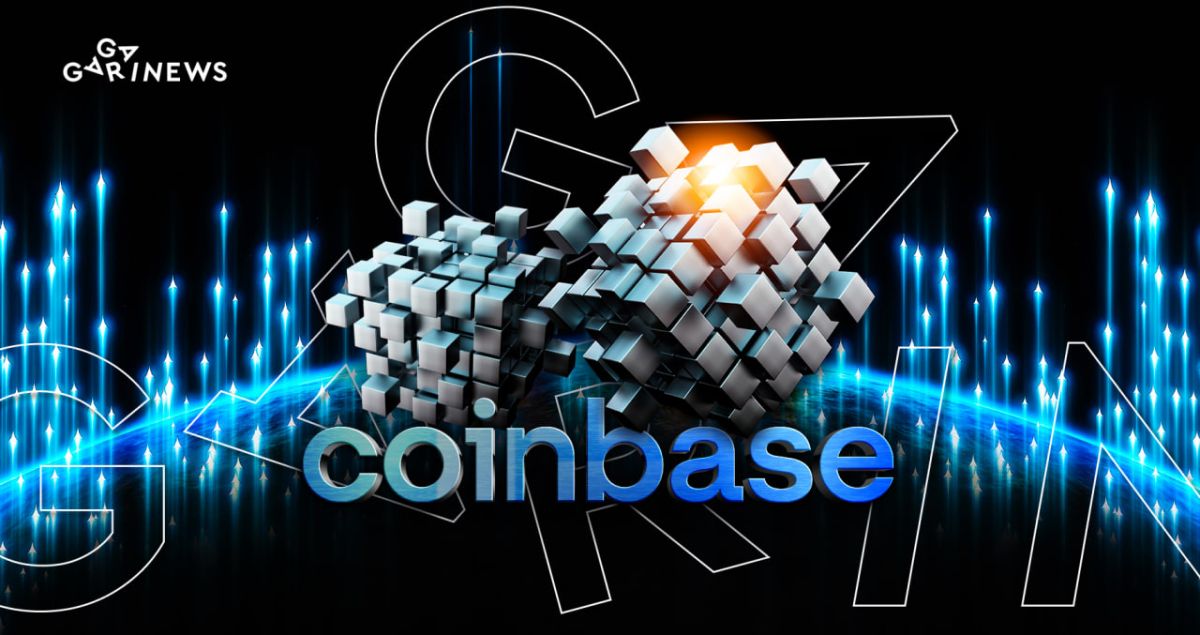Coinbase’s Base blockchain review

Coinbase has just announced the launch of its second-level Ethereum blockchain network, called Base. The project is currently in testing mode. Find out what Base is and what you can expect from it.
On this page
Many cryptocurrency platforms deploy their own network to optimize trading and speed up payment processing. They create an internal utility token on an L2 blockchain to improve market liquidity and reduce exchange fees. Furthermore, the exchange's internal token often serves as a payment instrument and a tool for decentralization, as it is formally used to vote on key project decisions.
However, Coinbase has decided to forego the usual algorithm of creating and using its own exchange network.
Here's everything you need to know about Coinbase's Base blockchain:
- Coinbase is launching an L2 blockchain to compete with other Ethereum L2 scaling projects like Polygon, Arbitrum, Loopring, and Starknet.
- Coinbase's blockchain will be the only protocol used to process, verify, and settle trades on the platform. At first, the exchange will have control over Base, but the founders plan to decentralize it gradually.
- Base will be built using the Optimism OP stack. Optimism is another L2, and OP Stack is an open-source application that supports Optimism. This means that Coinbase will use its competitor's code to create its own L2.
- 48 crypto partners, including Chainlink, Magic Eden, and Uniswap, have access to the test version.
- There are currently no plans to release a token for Base. Coinbase insists that it's not needed and that the protocol will be decentralized in a non-standard way (which has yet to be clarified).
- There's already a fake BASE that is used to run Pump&Dump schemes.
- Coinbase has announced the creation of the Base Ecosystem fund, which will invest in promising projects based on the new blockchain.
Fake BASE token is already being traded on Uniswap. Source: coinmarketcap.com
After the news was released on the exchange's official website, Coinbase's shares rose by 3%, while the Optimism token jumped by nearly 20%.
L2 provides cheaper and faster transactions compared to L1, such as Ethereum. For example, sending a transaction on Optimism costs around $0.20, while doing the same on the Ethereum mainnet costs $1.30 (i.e., six times more). Some users expect this to lead to a reduction in exchange fees, but Coinbase has not yet made any statements about this.
When will the project launch?
Base's official release date has yet to be announced. The developers plan to complete it by the end of March, but warn that there will be no updates until the network undergoes full testing.
There's a high likelihood of success for this project, and the reason is straightforward: no other trading platform that has implemented a second-level blockchain has as many users (110 million active accounts, according to Coinbase) or daily trading volumes ($870 million, according to Coinranking at the time of writing) as Coinbase. This is several times more than the entire L2 ecosystem combined.
Therefore, it makes sense to be patient and wait until the coders discover and fix all the bugs
The content on The Coinomist is for informational purposes only and should not be interpreted as financial advice. While we strive to provide accurate and up-to-date information, we do not guarantee the accuracy, completeness, or reliability of any content. Neither we accept liability for any errors or omissions in the information provided or for any financial losses incurred as a result of relying on this information. Actions based on this content are at your own risk. Always do your own research and consult a professional. See our Terms, Privacy Policy, and Disclaimers for more details.


























